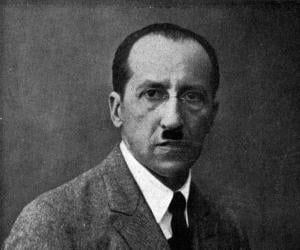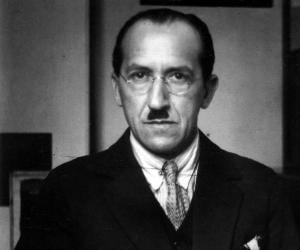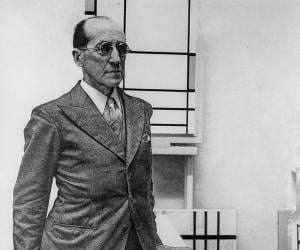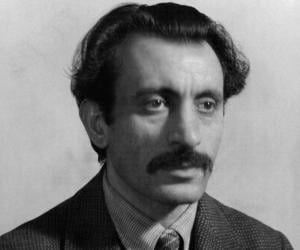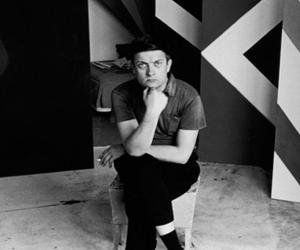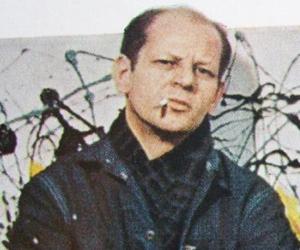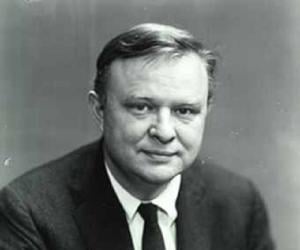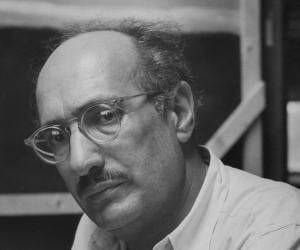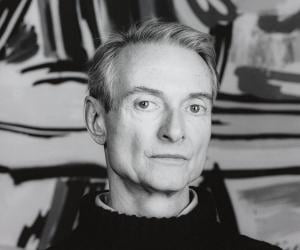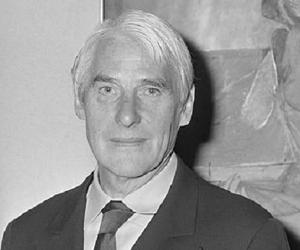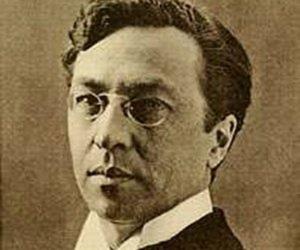Born In: Amersfoort, Netherlands
Piet Mondrian
(One of the Greatest Artists of the 20th Century)
Pieter Cornelis Mondriaan, famously known as Piet Mondrian, was a Dutch painter who produced revolutionary artistic works in The Netherlands, France, England and United States, in the course of his lifetime. He is known to be a pioneer in the development of the modern abstract art - the form of art that was only just beginning to take its form while Mondrian was experimenting with different expressions. He was a chief proponent of the newly formed Dutch abstract art movement known as the De Stijl (The Style) art movement; the movement was founded by another great Dutch artist named Theo van Doesburg—Mondrian was highly influenced by him, while he was still searching the right spiritual expression for his artistic endeavors. In his paintings, he played with the simplest amalgamation of straight lines, right angles, primary colors, and black, white, and gray. The work produced as an effect of this possessed an intense ceremonial wholesomeness that exemplified his spiritual belief in a harmonious cosmos. A lot of work that Mondrian had left undone in Paris and London because he had to move to United States due to the threat of growing fascism in Europe, he finished it in Manhattan.
Born In: Amersfoort, Netherlands
55
8
55
8
